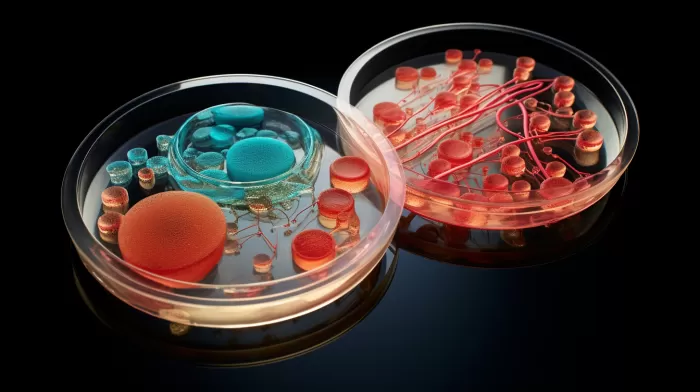For years, the companies that produce and market genetically modified organisms (GMOs) have insisted that their products aren’t harmful. They say GMOs could never cause health difficulties or lead to environmental damage. But independent researchers have shown that the truth is a far cry from these claims.
One of the concerns when it comes to GMOs is the basic knowledge of genetics and the genes that corporations are altering in their laboratories. Until recently, scientists thought they had a good grip on the basic genetic code that organisms use to make proteins and carry on metabolic processes.
Using that knowledge, the corporations that produce GMOs say they can build safeguards into the organisms like corn and soy or pharmaceutical-producing bacteria that they market. They claim to be able to insert genetic code that keeps these plants and microbes from spreading into the environment, interbreeding with wild organisms, and reproducing.
However, a study by the U.S. Department of Energy (DOE) raises serious questions about our fundamental knowledge of genetic code. Researcher Eddy Rubin, who directs the Joint Genome Institute at the DOE, explains that they previously thought the code or vocabulary used by organisms was universal, applying to all branches of the tree of life, with very few exceptions.
But now, they have confirmed that this is not the case. There is a significant portion of life that uses different vocabularies where the same word means different things in different organisms. What this means is that the function of various genetic codes that had been thought to be common among microbes, for instance, actually can differ in what they cause individual types of microbes to do.
So when a corporation builds a code that is supposed to keep altered microbes from spreading their genes to wild microbes, the code may not function as planned. That could lead to a genetic catastrophe if the unplanned spread of GMO genes in bacteria or other organisms leads to resistant diseases.
Will these new concerns slow the corporate development of GMOs? There’s no guarantee. However, there’s a lot you can do to protect yourself these days. Here are a few resources to guide you in finding foods less likely to be contaminated with GMOs.
European Union: The GMO-free Zone
The European Union doesn’t allow GMOs to be sold, so they’ve developed a site at GMWatch. This website provides readers with news and information about the GMO-free movement that is happening across Europe. They also provide resources and advice on where to find non-GMO products.
Non-GMO Project: Voluntary Labeling Initiative
The Non-GMO Project has labeling that companies can voluntarily use on their foods. This organization works to ensure the sustained availability of non-GMO food and products. Their goal is to give consumers an informed choice when purchasing food and other products.
Non-GMO Sourcebook: Directory of Verified Non-GMO Suppliers
The Non-GMO Sourcebook is a directory of suppliers and organizations that are offering non-GMO food, feed, and products. This comprehensive resource helps consumers find vetted non-GMO options in various industries, including food, personal care, and animal feed.
Institute for Responsible Technology: Non-GMO Shopping Guide
You can go to The Institute for Responsible Technology’s site Non-GMO Shopping Guide. This guide provides a list of non-GMO food brands, organized by category, making it easy for you to find healthier and more environmentally friendly food options.
Non-GMO Report: News and Information about GMOs
The Non-GMO Report is a website that offers a multitude of resources, including news, articles, and information about GMOs. They aim to educate and inform consumers about the potential risks and consequences of genetically modified organisms.
By using these resources, you can make informed decisions about the food you consume and products you use, steering clear of potential GMO contamination. This, in turn, will help you protect your health and the environment.



